Very few photographers were able to capture the “humanity of the moment” and the “vision” (Robert Franks 1) in photography like Arnold Newman did. His portraits ranged from celebrities to artist and even to high rulers. Many of Arnold’s portraits are of subjects surrounded by their passions and their life. He was not big on a staged portrait, but rather capturing the true essence of an individual. Newman’s belief is that “a portrait is a form of [a] biography. Its purpose is to inform now and to record for history” (Arnold Newman 1) His straight forward portraits seemed simple at first glance, with his seemingly off balance images and what appears to be an odd environment to photograph in; one might think that Arnold Newman did not know what he was doing. Nonetheless, if one looks at these images closer they can see the true “humanity of the moment.” The layers in his images allow the viewer to be lost from corner to corner of the image.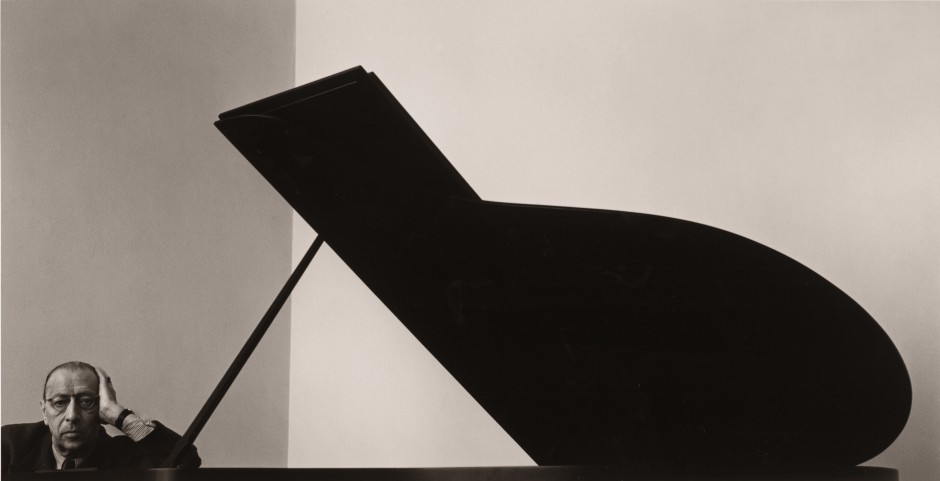
Born on March 3rd, 1918 in New York City, New York. Due to moving around Newman found himself going to school at Miami University in Florida where he decided to study painting. However, finances halted his education and he was forced to leave school. Nonetheless, this tough position that Newman found himself in was where his life actually took a turn for the best. In 1942 he started making portraits for forty-nine cents. From than Arnold’s love affair with photography would only grow closer.
Newman had a way of making people comfortable so that he could photograph them in the true manner. Most of his portraits had tools and devices the individual used, or he composed his image in such a way it reflected a person’s passion and work. For example, the photograph of Piet Mondrain a New York painter.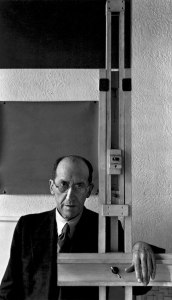 Mondrain, looking straight on at the camera as if he was bored out of his mind, an easel cutting right through the right side of the frame with Piet’s hand resting on it. As strange as this portrait seems there is a “reason for the madness.” Arnold’s portraits were composed to imitate the individuals work. Peit Mondrian’s portrait is no exception. This image was composed in a way that one could not mistake. However, The true beauty in the image is the shapes. Newman composed the image to reflect Piet’s style. The rectangle on the top left corner and the square behind Piet’s head and his hand resting on an easel is a great imitation of Mondrian’s paintings. Arnold sometimes did not have anything in the frame except for the subject being photographed. Michel Tapie is a great example of this concept. Sitting in a dark room with a single light source above, a light bulb in a light fixture. A monocle reflects the open window in front, his hair combed back and everything seems to be
Mondrain, looking straight on at the camera as if he was bored out of his mind, an easel cutting right through the right side of the frame with Piet’s hand resting on it. As strange as this portrait seems there is a “reason for the madness.” Arnold’s portraits were composed to imitate the individuals work. Peit Mondrian’s portrait is no exception. This image was composed in a way that one could not mistake. However, The true beauty in the image is the shapes. Newman composed the image to reflect Piet’s style. The rectangle on the top left corner and the square behind Piet’s head and his hand resting on an easel is a great imitation of Mondrian’s paintings. Arnold sometimes did not have anything in the frame except for the subject being photographed. Michel Tapie is a great example of this concept. Sitting in a dark room with a single light source above, a light bulb in a light fixture. A monocle reflects the open window in front, his hair combed back and everything seems to be 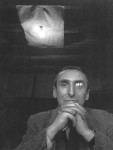 in its place. Including Michel hands, folded over each other, the manner which comes across in this image is of one that seems to have things in order and realizes that he has a lot of power and influence, one would not be surprised to learn that Michel was a critic. This is because the portrait puts him in his place very well.
in its place. Including Michel hands, folded over each other, the manner which comes across in this image is of one that seems to have things in order and realizes that he has a lot of power and influence, one would not be surprised to learn that Michel was a critic. This is because the portrait puts him in his place very well.
Arnold Newman had a way of putting that person’s power in his photograph but having that power controlled within the rectangle frame. A lot of images display this type of approach Haile Selassie, Senator John F. Kennedy, and Cardinal Pla Y Deniel in all these images Arnold Newman gave a lot of space in the image to show the large area of influence that they have. Arnold was a fantastic photographer, and trying to capture the depth of his work would be never ending task. He knew how to photograph of a person in their environment and bring forth the “Humanity of the moment.”
Unfortunately on June 6th, 2006 Arnold passed. This Jewish portrait photographer in his eighty-eight years showed what it meant to photograph a portrait. “As for myself, I work the way I do because of the kind of person that I am – my work is an expression of myself. It reflects me, my fascination with people, the physical world around us, and the exciting medium in which I work. I do not claim that my way is the best or the only way, it is simply my way. It is an expression of myself, of the way I think and feel.” – Arnold Newman
Here is one of Arnolds contact sheets from a shoot of Stravinsky. It shows his methods and his thought process, a true thing of beauty.
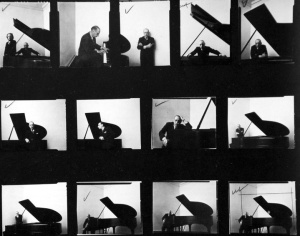 Arnold Newman’s Archive Website
Arnold Newman’s Archive Website
Robert Franks “There is one thing the photograph must contain, the humanity of the moment. This kind of photography is realism. But realism is not enough – there has to be vision, and the two together can make a good photograph.”
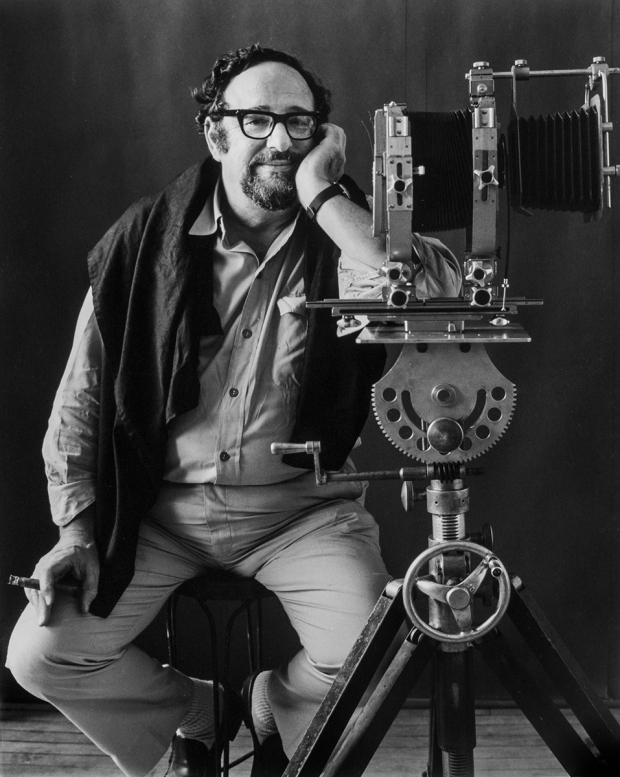
Very interesting piece.
LikeLike